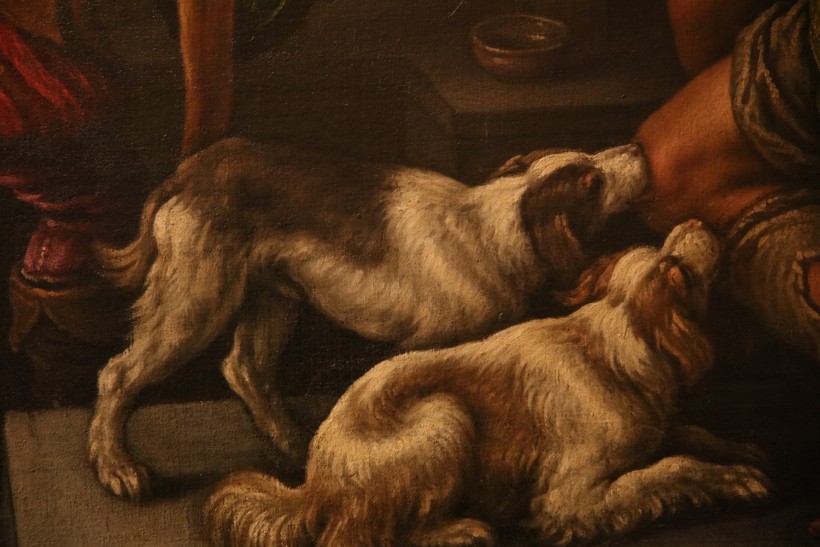Researchers from the Smithsonian's National Museum of Natural History have explored the enigmatic realm of woolly dogs, a now-extinct canine species with deep cultural significance for Indigenous Coast Salish communities in the Pacific Northwest.

(Photo : Rinaldo Imperiale/ Pixabay)
Revealing Genetic Secrets
The study focused on decoding the genetic makeup of these distinctive dogs, particularly "Mutton," the only known woolly dog fleece. These dogs faced the brink of extinction, once integral to the traditions of Coast Salish tribal nations in Washington state and British Columbia.
Renowned for their dense undercoats, Interesting Engineering reported that woolly dogs were carefully raised, sheared like sheep, and maintained in controlled environments to safeguard their breeding and well-being.
Coast Salish weavers intricately wove blankets and ceremonial items from the wool of these dogs, playing a crucial role in their society's spiritual and ceremonial aspects.
By the mid-19th century, the tradition of weaving with woolly dog hair experienced a decline. The narrative pivoted with the story of Mutton, a woolly dog cared for by naturalist George Gibbs in the late 1850s, marking a pivotal moment in this decline.
In 1859, upon Mutton's passing, Gibbs sent the dog's pelt to the Smithsonian Institution, where it remained unnoticed until its rediscovery in the early 2000s.
Also Read: New Dog Blood Test Can Detect Incurable Cancer; How Efficient is OncoK9?
EurekAlert reported that the study, spearheaded by anthropologist Logan Kistler and evolutionary molecular biologist Audrey Lin, aimed to blend Western scientific methods with traditional Coast Salish knowledge.
Valuable insights from Elders, Knowledge Keepers, and Master Weavers in Coast Salish communities provided a holistic understanding of the role of woolly dogs in their society.
Kistler emphasized that the Coast Salish traditional perspective served as the overarching context for interpreting the study's findings, underscoring the significance of integrating scientific analysis with indigenous wisdom.
Collaborating closely with Coast Salish communities, Lin and Kistler initiated a genetic analysis of Mutton's pelt. The team meticulously sequenced and compared the genome of woolly dogs with that of both ancient and modern dog breeds.
Examining Over 11,000 Genes
In a surprising revelation, Phys reported that the researchers discovered that woolly dogs diverged from other breeds approximately 5,000 years ago, aligning seamlessly with archaeological evidence from the region. Another noteworthy finding was Mutton's genetic similarity to pre-colonial dogs from Newfoundland and British Columbia.
Despite living in a period marked by the introduction of European dog breeds, Mutton's genetic makeup showcased a remarkable 85 percent connection to pre-colonial dogs. Examining over 11,000 genes in Mutton's genome, the researchers identified 28 genes linked to hair growth and follicle regeneration.
These genes played a crucial role in producing the distinctive fluffy fleece and wool fibers that held immense value in Coast Salish communities. Notably, the genetic study uncovered unexpected parallels, as similar genes were activated in the genomes of woolly mammoths.
Unlike previous theories attributing their replacement by machine-made blankets, information from Coast Salish Elders like Michael Pavel hinted at a more intricate scenario.
The challenges faced by woolly dogs post-European settlement were multifaceted, encompassing threats such as diseases, cultural genocide policies, displacement, and forced assimilation.
Related Article: Dogs May Have Been Domesticated Earlier than Previously Believed: 17,000 Years Ago










